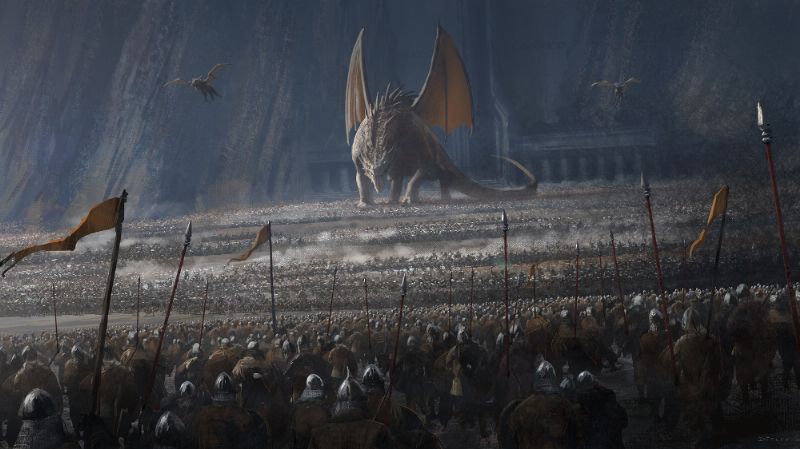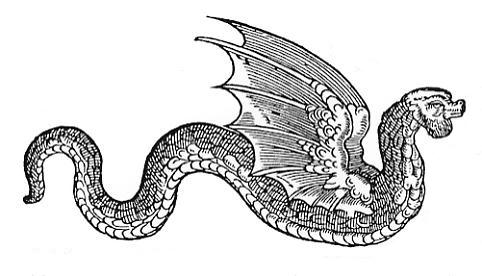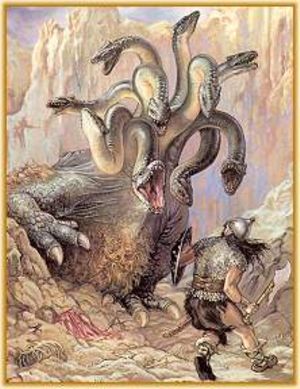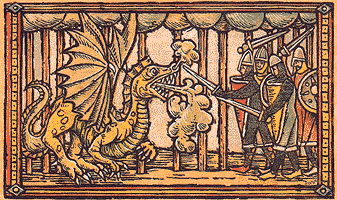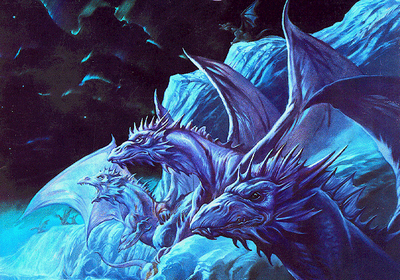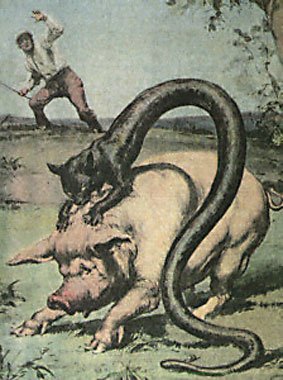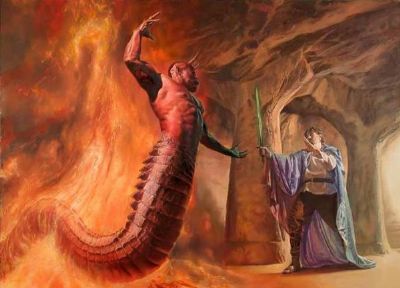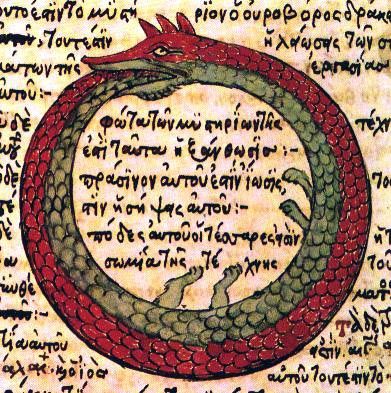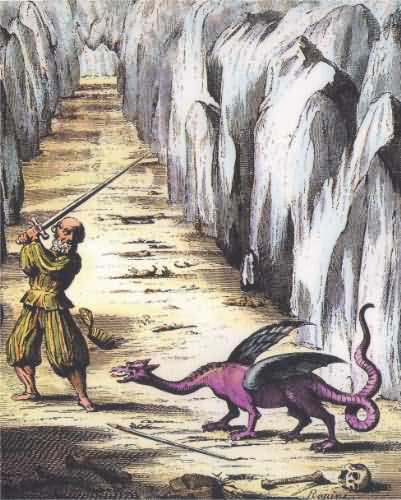Amphiptere
Amphiptere, Amphithere, or Amphitere is a term used to describe a type of legless winged serpent found in European heraldry and later in modern sci-fantaisy books. Famous: Quetzacoatl, the Dragon of Henham (169, Essex), many monsters in the mythology of ancient egypt : Aapep, Mertseger, Buto, Nekhbet In the Dragonology series of fiction books, amphitheres … Read more

